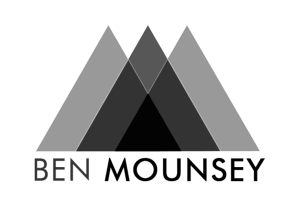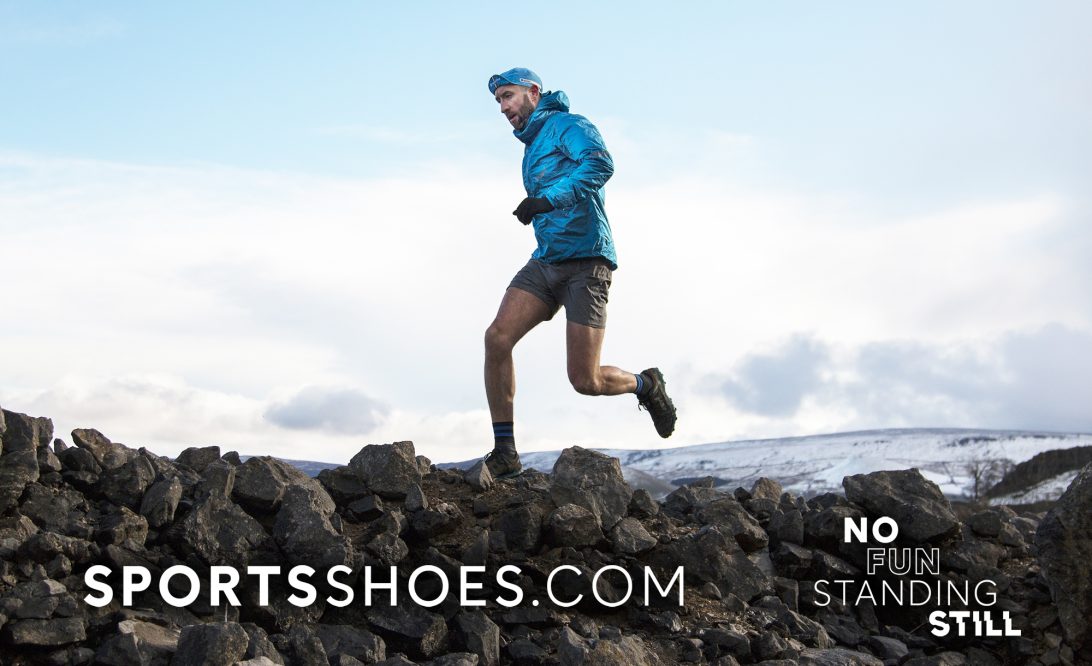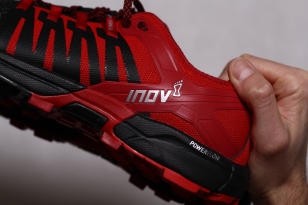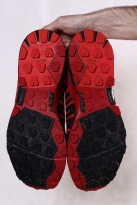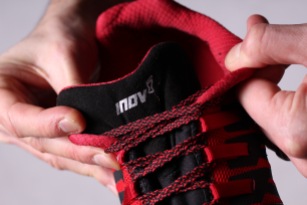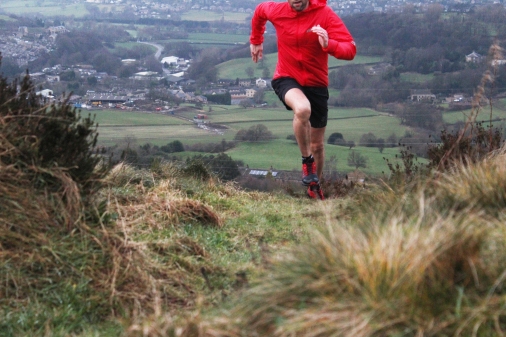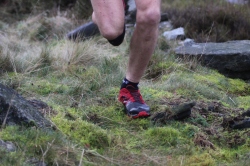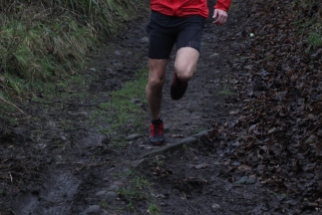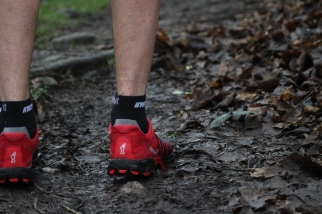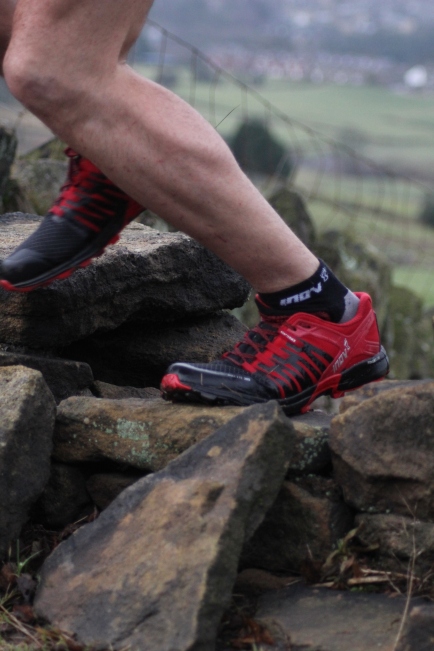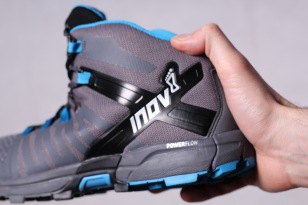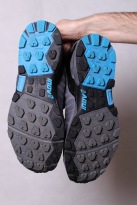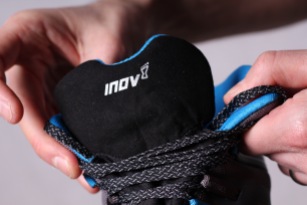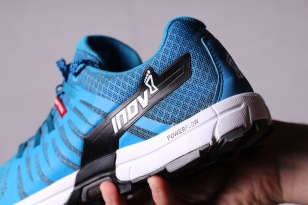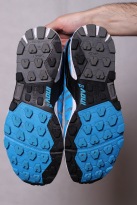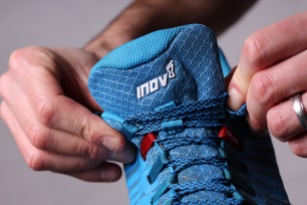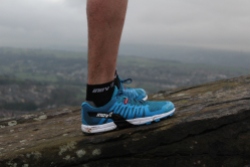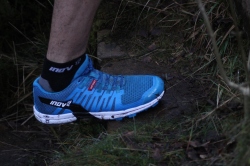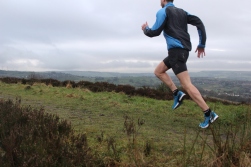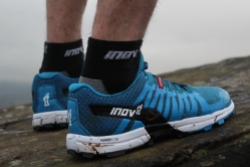

I was recently asked by inov-8 to test their new range of Roclite shoes* – the Roclite 290, Roclite 305 and the Roclite 325. The Roclite has been a popular choice of shoe with trail runners over the last decade but ironically I’ve never actually owned a pair. The inov-8 range is huge and I only ever wear a selection of my favourite shoes – the X-Talon 225 and X-Talon 212 (fells), the TrailTalon 250 (trails/mountains) and the RoadClaw 275 (road). In all honesty I was initially unsure about how much I would use the Roclites and what I would wear them for. Inov-8 persuaded me to work this out for myself to see exactly where they fit into their range and how I might use them for training and racing.
*The 305 and 325 are also available in waterproof GORE-TEX versions – check out Roclite 305 GTX & Roclite 325 GTX.

Let’s start with the Roclite 305. When the shoes arrived I was immediately impressed with their slick and stylish design. It almost seemed a shame to get them dirty and I even considered preserving them for travelling to races and trips to the pub. However, as soon as I tried them on I couldn’t wait to test them out. This is a shoe that was made for the trails.
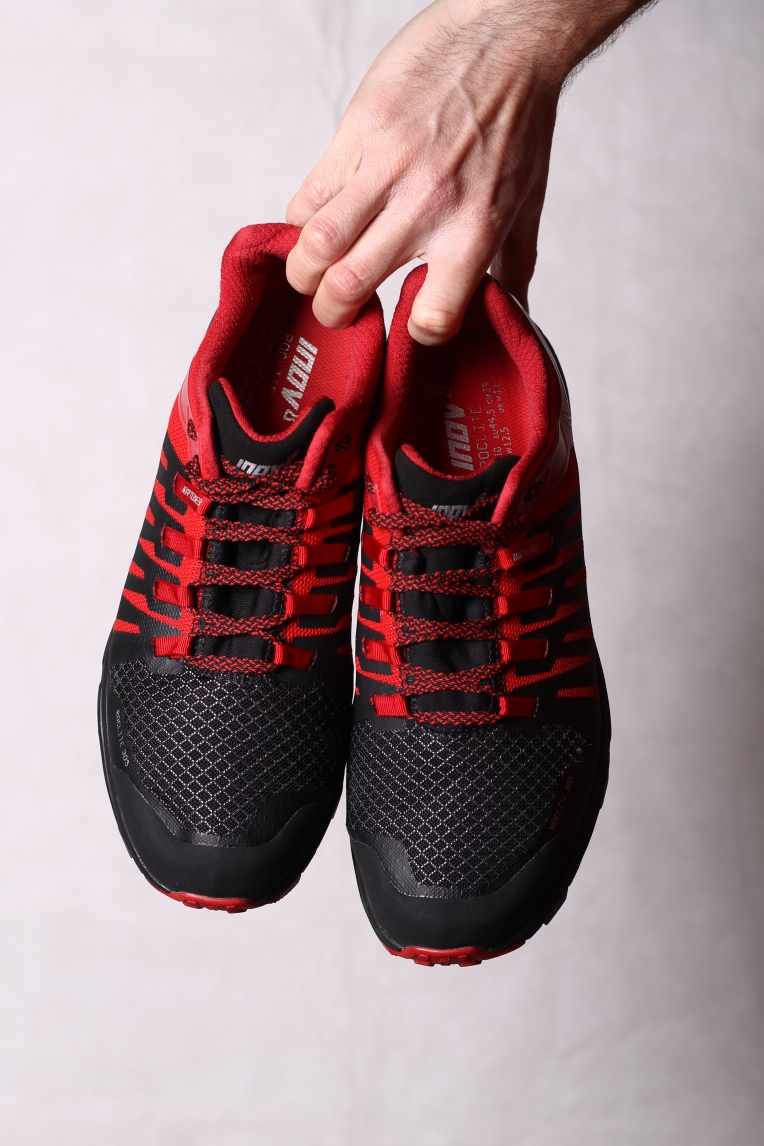 Pictured above: The inov-8 Roclite 305
Pictured above: The inov-8 Roclite 305
If you’re a fan of the TerraClaw 250 then you’ll love the new Roclite 305. The shoe is a standard fit, with an 8mm drop (heel to toe differential) and sticky rubber sole compound. At 305g, they’re light enough to race in but, to be honest, I think that they’re an ideal training shoe. They’re extremely comfortable to wear and my feet always feel really well supported and protected. The key features include a strengthened rubber toe cap, which is useful when you hit a stray rock at pace, and the X-Lock design which wraps around the heel of the shoe to provide additional support during a run. I also really like the integrated tongue, which is attached to the upper and helps to prevent mud and debris from getting into the shoe.
Pictured above: A close-up view of the X-lock design for enhanced support (L), the multi-directional lugs on the sole which provide excellent grip (C) and the integrated tongue gusset (R)
Living in the South Pennines (England), most of my training runs consist of road, grass, tracks and muddy fell. I find it a real challenge choosing the right shoe to cope with the ever-changing terrain. What I like most about the Roclite 305 is how confident I feel wearing them on almost any surface. The grip is good enough to handle both the trails and fells, although in extreme conditions I would obviously opt for something more suitable like the Mudclaw 300 or the X-Talon 212 as they both have more pointed, deeper lugs (8mm) on the outsole, compared to the flatter, 6mm lugs on the Roclite.
Overall I’d describe the Roclite 305 as the perfect ‘all-round’ trail shoe and would highly recommend them to anyone who wants support, comfort and grip on diverse terrain.
Pictured above: The Roclite 305 in action

 Pictured above: The inov-8 Roclite 325
Pictured above: The inov-8 Roclite 325
The Roclite 325 is a lightweight boot version of the 305, sharing the same design and features. Personally, I haven’t run in them but I have used them for fast-paced hiking in the Lake District hills. Not only do they look great but they’re extremely comfortable to wear and an excellent alternative to a traditional walking boot. A few years ago I walked the GR20 in Corsica and the Tour Du Mont Blanc (similar to UTMB) with a small group of friends. I remember looking for a lightweight trekking shoe and in the end I wore a pair of trail running shoes. Had the Roclite 325 been an option at the time then they would have been the perfect choice. I also think they’d be ideal for extreme long distance challenges like the Spine Race*, especially the GORE-TEX version of the shoe, which would provide extra protection from the elements.
*Just to confirm I have never done the Spine Race, so I’m only making an assumption based on the terrain and wintry conditions.
Pictured above: A close-up view of the X-lock design for enhanced support (L), the multi-directional lugs on the sole which provide excellent grip (C) and the integrated tongue gusset (R)
The Roclite 325 will appeal to a specialist audience so if you’re looking to invest in a lightweight boot for either walking or running then this could well be the model for you. I would, however, recommend trying on this shoe because purchasing. They fit my feet perfectly when I wear one pair of running socks but if I’m walking all day then I like to wear a thicker pair of socks. It’s probably worth ordering a pair in a slightly bigger size to compensate for this.

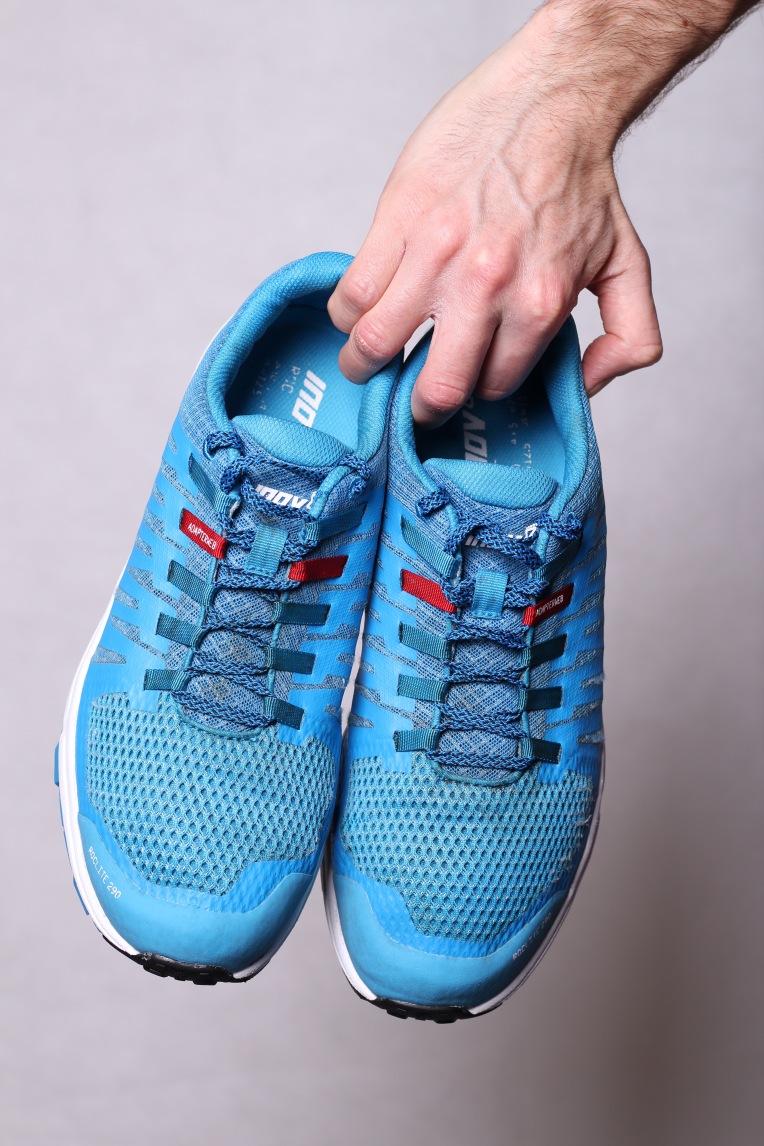 Pictured above: The inov-8 Roclite 290
Pictured above: The inov-8 Roclite 290
I’ve purposely saved the best until last. When it comes to racing, I’m all about travelling light and fast. In my opinion the Roclite 290 is THE perfect trail racing shoe. It shares most of the same features as the 305 but it feels closer to a precision fit rather than a standard. I also prefer the lower drop, 4mm compared to 8mm. Although there is only a 15g weight difference, the 290 feels much lighter than the 305 and is specifically designed for moving fast over all types of terrain. Such is the comfort and fit of this shoe that I’ve done most of my winter training in them, despite much of my running being confined to the road.
Pictured above: A close-up view of the Y-lock design for enhanced support (L), the multi-directional lugs on the sole which provide excellent grip (C) and the standard tongue (R)
Although they are essentially a lightweight version of the 305, there are a few notable changes. Firstly the 290 has a Y-lock design around the heel base as opposed to the X-lock so there is a slight difference in support (nothing of considerable note). The tongue is also separate from the upper like most regular trail shoes and not integrated in the same way as the 305 (although I personally prefer the integrated tongue).
I’ve worn them for hilly training runs and races over long distances on tracks, roads and open fell. This really is the ideal shoe to do it all. They cope better than any other shoe when it comes to variety of terrain – and without me having to sacrifice comfort for weight.
Pictured above: The Roclite 290 in action
The Roclite family is a great addition to the inov-8 range. I would recommend all three shoes depending on what you need them for. After testing them I’ve found a use for each and I’m sure, if you’re like me, you won’t need much persuading to do the same!
Discover more about the technical features of the shoes in the Roclite range and check out all colour options for men and women in the 290, 305 and 325.
VIDEO: THE NEW ROCLITE: A DECADE IN THE MAKING
Photography by Robbie Jay Barratt and Mark Everingham

